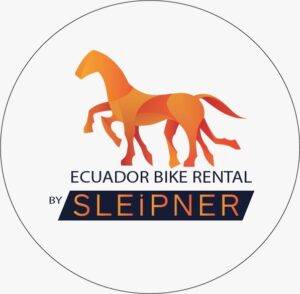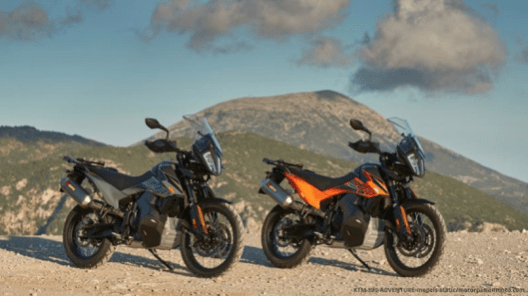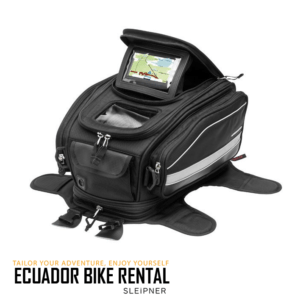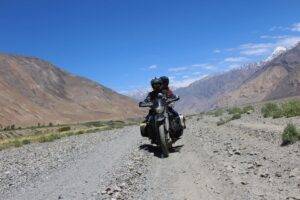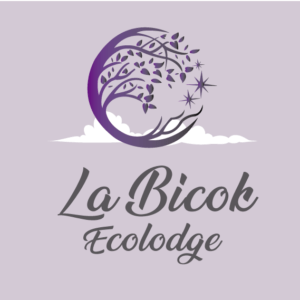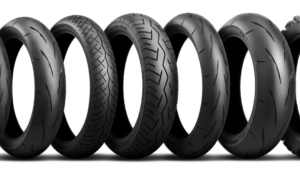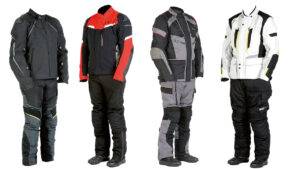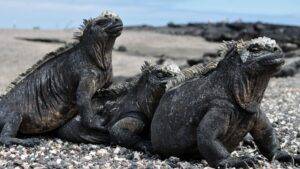What we did right, as a motorcycle tour company?
Inspired by the wish of doing things differently, Ecuador Bike Rental by Sleipner was born a little over 3 years ago, by one globe trotter and a loyal team behind the operation, we’ve succeeded in being recognized with many awards in the short time the company has been operating. And boy our clients had fun with us. These are a WHAT WE DID RIGHT from the beginning, thanks to the experience of the staff with God knows how many miles under their belts. We hope you enjoy the reading and get excited to come and ride with us in Ecuador. Using KTM in our fleet We simply love the brand. There are many things being mentioned about KTM on blogs and international references all over and yes, to be honest, we were a bit reluctant to include them on our fleet. So we decided to put them to the test. We bought our first KTM 1290 SuperAdventure R and while breaking-in its engine, we successfully finished the 2019 Andes Rider Challenge. 1235 km in less than 22 hours throughout Ecuador’s three worlds. The only flaw the bike had, was the stock tires that slowed us down in the off-road bits. Then, the brutal test came up. We rode it on an epic trip to Mendoza, Argentina with one goal in mind: to climb Mount Aconcagua. This meant to set up the bike with a good luggage rack and prepare it for combat. The bike carried about 80 kg of mountaineering equipment and camping gear for the feat. We rode about 18000 kilometers in 4 weeks from which, 7000 were pure asphalt on the way down at about 200 km/h. More fleet You can imagine with the luggage, the air drag the bike had to cope with. The 1290 SuperAdventure is meant for hardcore travel and it proved it’s worth many times over. After successfully summit Aconcagua and NOT happy to ride it in such a demanding way, we decided to cross Bolivia from Laguna Colorada in the south to the capital of Uyuni through the Salar. The area is well known for killing every single electric contact in your vehicle. At first, we hesitated to go for it. There was still another 7500 km on dirt to go before returning home, and the bike has a complex 7-computer system onboard to work its magic. You can imagine the risk. But we managed to arrive in Uyuni with not one single problem. Our intention wasn’t to kill the bike, but we wanted to make sure that we are offering quality stuff to our clients. We fell in love just like when you do with your beloved one on honeymoon. We then decided to get more KTM bikes, and of course, we went for the KTM 790 adventure line. This last one was put to the test by an enduro champ from Nebraska. He loved it and since then, we were confident with the capabilities of the KTM brand. Our next purchase will be the beasty KTM 890 Adventure. More brands Don’t get us wrong, we do have more brands and known models in our fleet, such as the mighty Honda Africa Twin (DCT and manual models), the XRE300, Suzuki DR 650, Vstroms, and Royal Enfield Himalayas. Machines that have been tested over all kinds of terrain in Ecuador. They are as reliable as it gets and we are happy to have them as part of our fleet. Every model has its goodies and dark sides, and we believe is up to the rider to decide which one is perfect for them. Soft luggage systems Due to many falls and issues split lane in other countries where the standard is to use aluminum cases or paniers, we decided that based on that experience, soft luggage was a must from the beginning. We’ve been testing different models from different brands and decided to keep what worked out for us. Among them, the GIVI GRAVEL-T GRT709. These are no cheap stuff. They are made of ballistic materials that are waterproof as well. They are also lockable and with their 35 lt of capacity, can hold enough belongings for a comfortable tour, besides the tool kits, emergency kits, and tire kits we send along with every party. If that wasn’t enough, we also added a 40 lt waterproof duffel that can complete your ride. The phone base was another important item on the bikes. We rely on the best top 5 lists to decide what works and what doesn’t work for other riders worldwide. Our units serviced by authorized dealers Even when Davos, one of the owners disarms and arms Ducati’s most complex models for fun on the weekends, as a company policy we rely on the expertise of the mechanics in every authorized dealer. The confidence of this added value to our clients is so worth the money. Safety and the reduced client’s lost holiday time due to rescue operations compensate in a great manner the investment on dealers. We don’t patch pieces or weld floating disk brakes like our local competitors. These modifications not only reduce the bike’s reliability but also, become a hazard to the rider. Experienced adventure riders Just like in mountaineering, a guide is the one with the most knowledge. This is vital to be able to help others in case of need. As a company, the rules are clear not only for the clients but also for the staff. Before the tour starts, the clients are briefed on road and traffic regulations that have to be respected by everyone on the ride. That being said, why not to learn from champions one thing or two about techniques that can improve and make the client’s ride safer? Take our friend Vitaliy in 2018 for example, who’s never ridden on dirt before. Thanks to our guide Pancho, he developed new skills that worked wonders for him when he went back home. Not only to know how to ride on dirt but also what motorcycle was the perfect fit for him
What we did right, as a motorcycle tour company? Read More »
